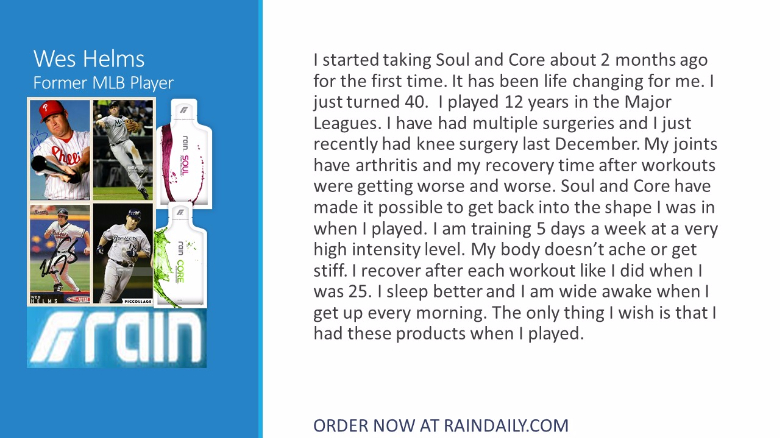Hello Athletes and Warriors!
I pray your programs are rolling right along this new year and you are getting leaner, stronger, faster, and better than ever!
One of the things that our members will notice is the vast variations in your programs. Everything from set, reps, weights, and the structure from the programs from week to week will vary.
The longer you are in the program you will notice that the contrast becomes even deeper and more detailed.
I should point out that this is not random, there is a science behind this method and its called many things and one of those terms is Contrast.
To further explain this concept, I turn the floor over to our friends at
GoProWorkouts.com
-Nate

One of the goals of athletic performance training should be to increase athletes' work capacity while improving (reducing) their recovery time. Contrast training is a highly effective method for improving many physical attributes involved in athletic performance, including strength, power, speed (acceleration) and agility — if implemented properly.Contrast training involves performing a set of a heavy resistance exercise, immediately followed by a set of a biomechanically similar power exercise (for example, a barbell back squat, immediately followed by a squat jump). Complex trainingis a similar approach, which involves performing 3-4 sets of heavy resistance training followed by 3-4 sets of the biomechanically similar power exercise.
The benefits of contrast training include:
• Effective in producing results
• Highly efficient
• Allows for high work density
• Time effective
• Allows athletes to complete fewer training sessions in order to yield the same or greater results
• May have implications for injury prevention
Here's an example of a simple contrast model for athletes to build explosive power:
• Barbell Back Squat — 1 rep 65-80% 1RM + Box Jump — 1 rep; rest 15-20 seconds
• Barbell Back Squat — 1 rep 65-80% 1RM + Box Jump — 1 rep; rest 15-20 seconds
• Barbell Back Squat — 1 rep 65-80% 1RM + Box Jump — 1 rep; rest 15-20 seconds
• Barbell Back Squat — 1 rep 65-80% 1RM + Box Jump — 1 rep
• Rest 2-3 minutes, then repeat for a total of 2-4 sets
Incorporate this superset into your workout for speed development:
• Hex Deadlift — 1 rep 65-80% 1RM + Hurdle Hop — 1 rep; rest 20 seconds
• Hex Deadlift — 1 rep 65-80% 1RM + Hurdle Hop — 1 rep; rest 20 seconds
• Hex Deadlift — 1 rep 65-80% 1RM + Hurdle Hop — 1 rep; rest 20 seconds
• Hex Deadlift — 1 rep 65-80% 1RM + Hurdle Hop — 1 rep
• Rest 2-3 minutes, then repeat for a total of 2-4 sets
And finally, a superset using two explosive/plyometric exercises:
• Squat Jump — 25-30% (body weight) load + Depth Jump — 1 rep; rest 15-20 seconds
• Squat Jump — 25-30% (body weight) load + Depth Jump — 1 rep; rest 15-20 seconds
• Squat Jump — 25-30% (body weight) load + Depth Jump — 1 rep; rest 15-20 seconds
• Squat Jump — 25-30% (body weight) load + Depth Jump — 1 rep
• Rest 2-3 minutes, then repeat for a total of 1-3 sets
Lean more and work with one of our Athlete/Trainers today click
here






